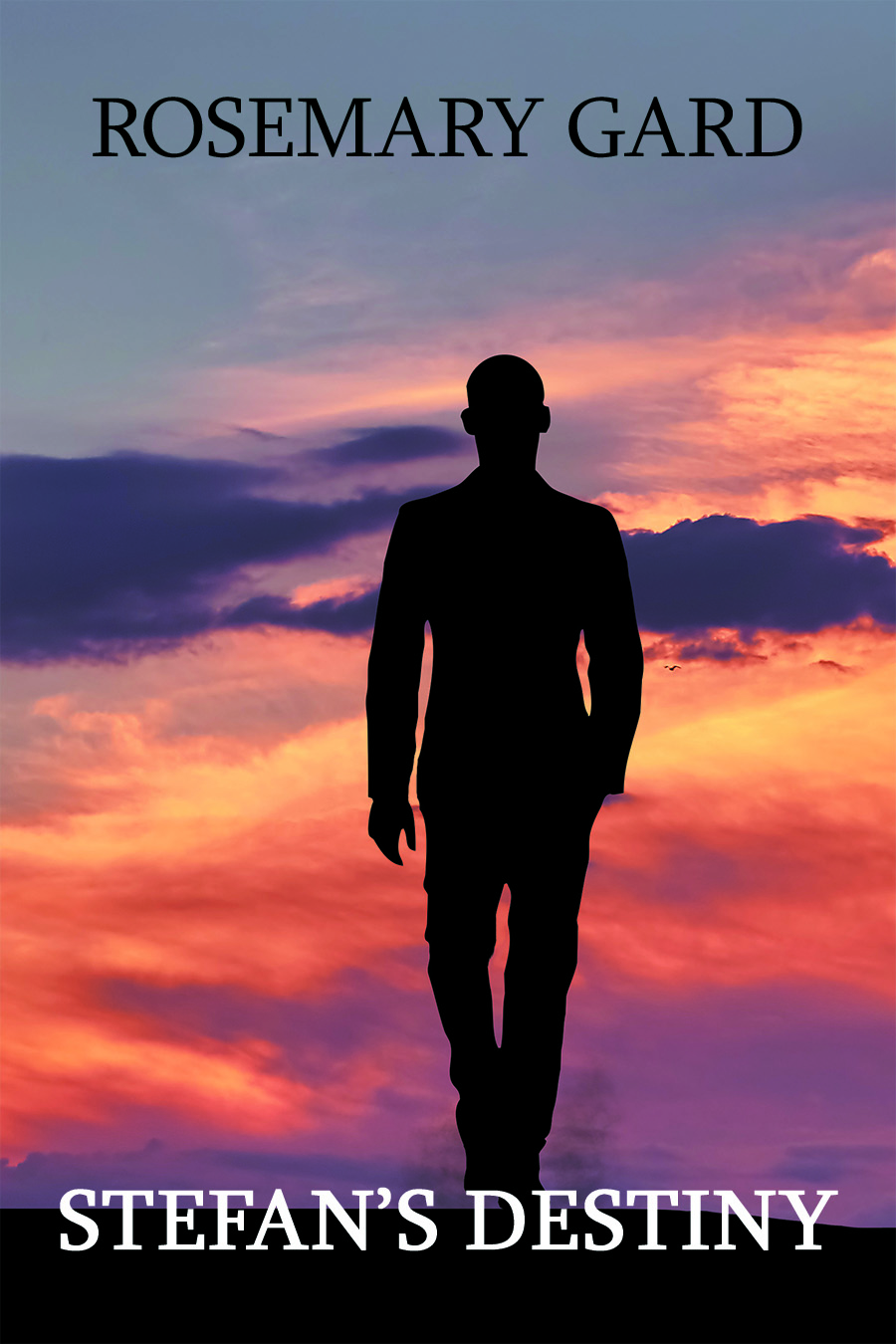For more than 40 years, Joe Marlin, author of the just released Fading Ads of Chicago, photographed ghost signs, those fading advertisements painted on the sides of brick buildings, a onetime popular way to advertise in the U.S.

“I’d take notes when I was driving to and from work on the west side of Chicago or when I was going to business meetings,” says Marlin, a retired clinical social worker and director of hospital social work services at Mt. Sinai Hospital. “Then I’d organize the notes by neighborhood and go back and take photos.”
These signs, some more than a century old, often advertised businesses, products, stores and services long gone. These include the Boston Store which opened shortly after the Chicago Fire in 1871 and was then replaced with a new building in 1906, closing for good in the late 1940s. One of Marlin’s favorites is an ad for Marigold Margarine, which was likely painted in the 1890s.
“I like that one because its colors were still so vivid,” says Marlin, whose book contains more than 150 color photos of ads painted, for the most part, between 1890 to 1940s. “It wasn’t as faded because another building was built right next to it.”

Fading advertisements are sometimes called ghost ads because they were painted with lead based paints that overtime begin to fade into the soft brick of the sides of buildings. When it rains, the colors, longer lasting than non-lead paint, sometimes begin to reappear or are easier to see. Marigold Margarine is one such ad. Concealed over for decades it came into the light again for a brief period when the building hiding it was demolished.
Then it vanished again with the construction of a new building next door, concealed again for who knows how long. So many of the ads Martin took are also gone, making them even more poignant as lost reminders of forgotten times.
“I regret that I didn’t take more photos,” he says. “More and more are disappearing when they tear down old buildings to put up new one or their removed when the exteriors are renovated.
Even now, Marlin, who also collects vintage cameras particularly those from Chicago’s photographic industry such as still, movie, and street cameras as well as Art Deco items, pursues these disappearing works of art.
“I just took a photo of one recently, but it was too late to make it into the book,” he says. “It’s an ad for Wizard Oil and claims that it ‘cures rheumatism, colds, sores and all other pains.’ It was a patent medicine and they made all sorts of grandiose claims back then.”
Like Marigold Margarine and other remnants of the past, this one has a story too, dating back to 1861 when a former Chicago magician invented it.
“These old ads take us back to a different time,” says Marlin. “In order to find them, just look up when you’re walking or driving through the city.”
And take a photo because they might not be there next time you go by.
What: Joe Marlin talk and book signing
When: Tuesday, June 25; 6:00-7:00pm
Where: 57th Street Books, 1301 E 57th Street, Chicago, IL
FYI: 773-752-4381; semcoop.com















